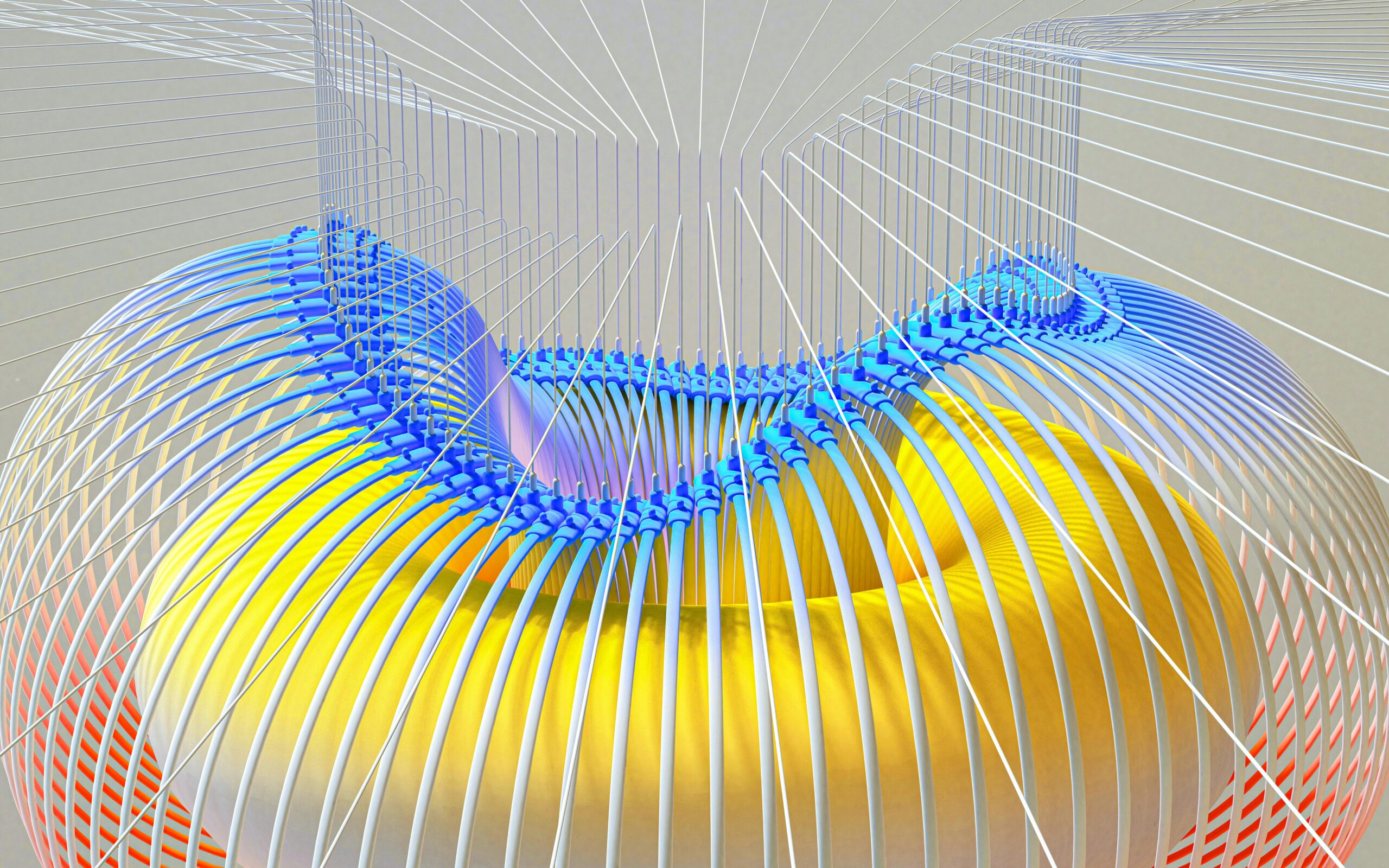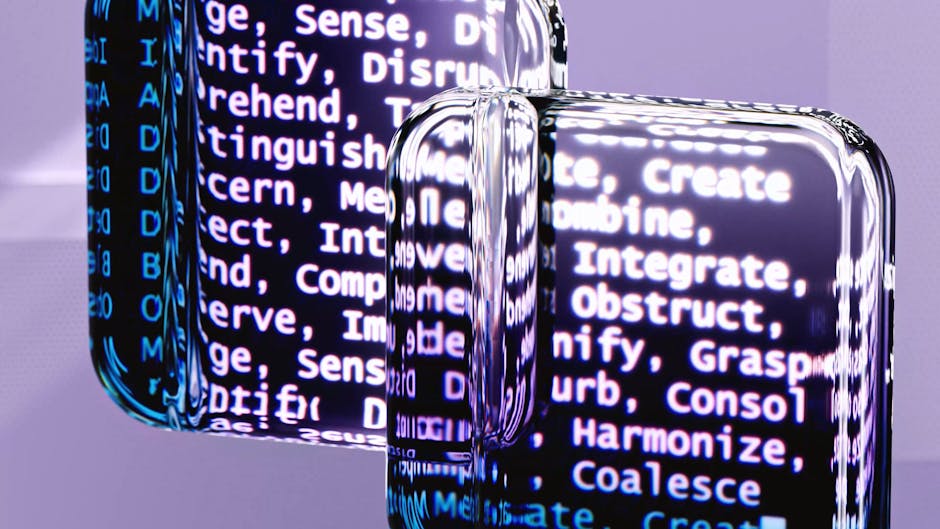
Continual and Self-Improving AI: The New Frontier
Traditional AI models typically undergo a one-time training process on a fixed dataset. Once deployed, their capabilities remain static until a complete retraining is performed. However, the new generation of AI is designed for continual learning – a dynamic process where the system constantly updates its knowledge and skills as it interacts with new data. This allows AI to remain relevant, adapt to changing environments, and enhance its accuracy over time. This paradigm shift tackles the limitations of static AI, opening doors to more adaptive and effective solutions.
Real-Time Learning: A Model That Adapts As It Operates
As highlighted by WIRED, a remarkable model has emerged capable of ongoing, real-time learning. Unlike its predecessors locked into their initial training parameters, this model processes new data streams, dynamically updates its internal representations, and continually refines its outputs. This crucial capability avoids “catastrophic forgetting,” a common problem where learning new information erases previously acquired knowledge. By maintaining high performance even as the world evolves, this model demonstrates a significant step towards truly adaptive AI.
MIT’s SEAL: A Self-Evolving Adaptive Learner
Taking continual learning even further, MIT’s Self-Evolving Adaptive Learner (SEAL) is a pioneering system that empowers AI to autonomously modify its own code and architecture. This capability unlocks a new level of adaptability and robustness. Here’s how SEAL achieves this:
SEAL’s Self-Improvement Loop
- Performance Analysis: SEAL constantly analyzes its own performance, identifying areas for improvement.
- Inefficiency Detection: It identifies inefficiencies or outdated components within its system.
- Codebase Rewriting: The system autonomously rewrites parts of its codebase to optimize results and improve overall performance.
This self-improvement loop allows SEAL to adapt not just its learned knowledge but also its very structure. This makes it significantly more robust and versatile when operating in dynamic and unpredictable environments.
The Darwin Gödel Machine: Evolutionary Self-Modification
The Darwin Gödel Machine, explored by Unite.AI, represents another fascinating approach to self-evolving AI. This framework draws inspiration from biological evolution and formal logic, creating a system capable of continuous improvement through a unique process:
Evolutionary Mechanisms
- Algorithm Generation & Testing: The system generates and rigorously tests new algorithms to explore potential improvements.
- Modification Retention: Successful modifications are retained and integrated into the system’s functionality.
- Ineffective Modification Discard: Ineffective modifications are discarded, preventing detrimental impacts on performance.
- Meta-Reasoning: A critical feature is the ability to use meta-reasoning to prove that a proposed change will improve performance before it’s implemented, mitigating risk.
This evolutionary approach allows the system to autonomously discover novel solutions and optimize itself for complex, ever-changing tasks, showcasing a powerful mechanism for continuous adaptation.
Anthropic’s Breakthrough: Self-Tuning Language Models
Researchers at Anthropic have made significant strides in enabling large language models to fine-tune themselves. This represents a major leap towards more autonomous and adaptable AI. Here’s how these models are achieving this capability:
Self-Tuning Processes
- Output Evaluation: The models evaluate their own outputs, identifying areas for refinement and improvement.
- Parameter Adjustment: They adjust their internal parameters in response to feedback, dynamically adapting their behavior.
- Task Performance Enhancement: These models improve their performance on new tasks without requiring external retraining, demonstrating remarkable efficiency.
This research demonstrates that language models can become increasingly autonomous, adaptable, and capable of lifelong learning, paving the way for more resilient and versatile AI applications across various industries.
Understanding the Mechanics and Benefits of Continuous Learning
Continuous learning in AI is a structured process that goes beyond simple data input. It involves a carefully orchestrated series of steps to ensure continuous improvement and adaptability:
Key Components of Continuous Learning
- Initial Training: The AI system undergoes initial training on a baseline dataset to establish a foundation of knowledge.
- Data Integration: New data becomes available, and the system incorporates it into its knowledge base.
- Parameter Updates: Model parameters are incrementally updated to reflect new patterns and relationships within the data.
- Performance Evaluation: Regular evaluation ensures that improvements are being made and that the system remains effective.
Techniques such as incremental learning, transfer learning, memory and replay mechanisms, and modular architectures are essential for enabling these capabilities. These techniques allow AI systems to adapt to new patterns, make more accurate predictions, and remain effective in dynamic environments.
The Advantages of Continuous Learning
- Improved Accuracy and Adaptability: Models stay current with the latest data and trends, maintaining high accuracy.
- Faster Decision-Making: Real-time learning enables rapid response to new information, leading to quicker and more informed decisions.
- Enhanced Creativity and Problem-Solving: AI can discover new strategies and solutions as it learns, leading to more innovative outcomes.
Looking Ahead: Implications and Future Directions
The shift towards continual, self-improving, and self-evolving AI has profound implications for the future of technology and its integration into society:
- Increased Independence: AI systems will become more independent, requiring less human intervention for updates and maintenance.
- Enhanced Robustness & Adaptability: Applications will benefit from greater robustness, adaptability, and long-term relevance.
- Complex Ethical Considerations: Ethical and safety considerations become more complex, requiring new frameworks for oversight and control of self-modifying AI.
Conclusion: Embracing the Future of Adaptive AI
The latest research and innovations are ushering in an era of AI that never stops learning, self-improves, and evolves autonomously. From MIT’s SEAL and the Darwin Gödel Machine to Anthropic’s self-tuning language models, these advances promise more dynamic, resilient, and intelligent systems – paving the way for AI that can truly keep pace with a changing world. The journey towards truly adaptive AI is just beginning, and the potential for transformative impact across various fields is immense.




Leave a Reply
You must be logged in to post a comment.